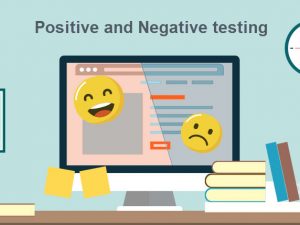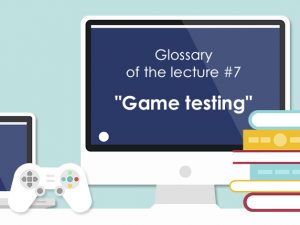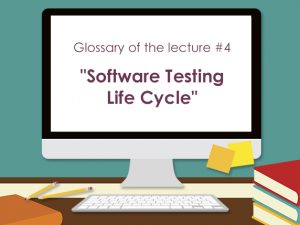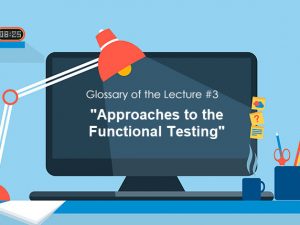Anatomy of an e-commerce page
-
Anatomy of an e-commerce page
E-Commerce – is an area of the economy that includes all financial and trade transactions carried out through the computer networks and business processes related to such transactions. E-Commerce sites are designed to sell a variety of products over the Internet.
-
Blog post and blog page anatomy
Nowadays there are more and more places where people can express their point of view and share their experience with others. Such resources include various social networks, forums, blogs. As a result, it is increasingly necessary to test them, so it is necessary to know their structure and the names of the elements of which they consist.
-
Positive and Negative testing
Nowadays, more than ever, the issue of software testing is relevant, and the relevance of this service lies primarily in the daily need to analyze various systems and their components. As a consequence, there are a number of types of testing. One of the classifications of testing based on the positivity of scenarios is considered below.
-
Anatomy of the webpage
A website is a collection of logically related web pages. A well-built website is the key to the successful promotion of any business model. In order to create a good website, you need to follow simple and at the same time very important rules and principles. In this article, we will look through the elements a successful website should consist of.
-
Game mechanics: types and features of testing
Nowadays, in our world, there are countless number of games. Unfortunately, the situation is such that it is hard to find unique and individual ones. However, chasing after users is gaining momentum every day and developers make efforts to design the product that will catch and hold players’ attention. One of the main game components is game mechanics. They are the ones who make games exciting or on the contrary boring to the point we don’t want to return to them.
-
Glossary of the Lecture 7 «Game testing» for the «Software Testing: Basics and Practice» course
Glossary of the Lecture 7 «Game testing» for the «Software Testing: Basics and Practice» course
-
Glossary of the Lecture 6 «Mobile application testing» for the «Software Testing: Basics and Practice» course
Glossary of the Lecture 6 «Mobile application testing» for the «Software Testing: Basics and Practice» course
-
Glossary of the Lecture 4 «Software Testing Life Cycle» for the software testing courses
Glossary of the Lecture 4 «Software Testing Life Cycle» for the software testing courses
-
Glossary of the Lecture 3 «Approaches to the Functional Testing» for the software testing courses
Glossary of the Lecture 3 «Approaches to the Functional Testing» for the software testing courses
-
Glossary of the Lecture 2 «WEB projects testing» for the software testing courses
Glossary of the Lecture 2 «WEB projects testing» for the software testing courses












